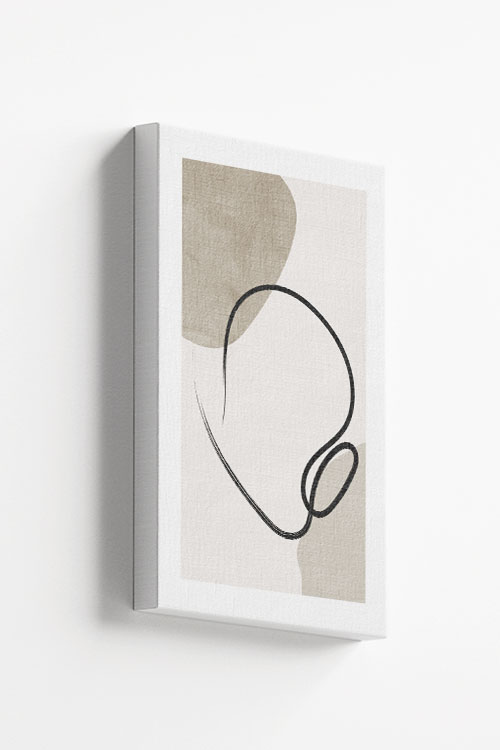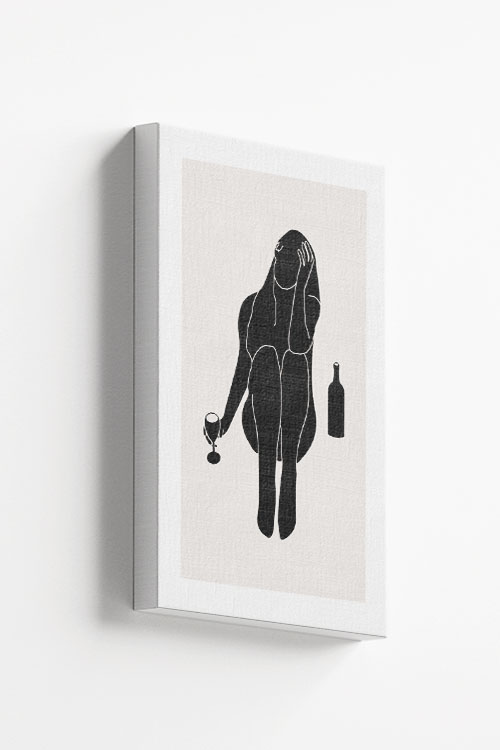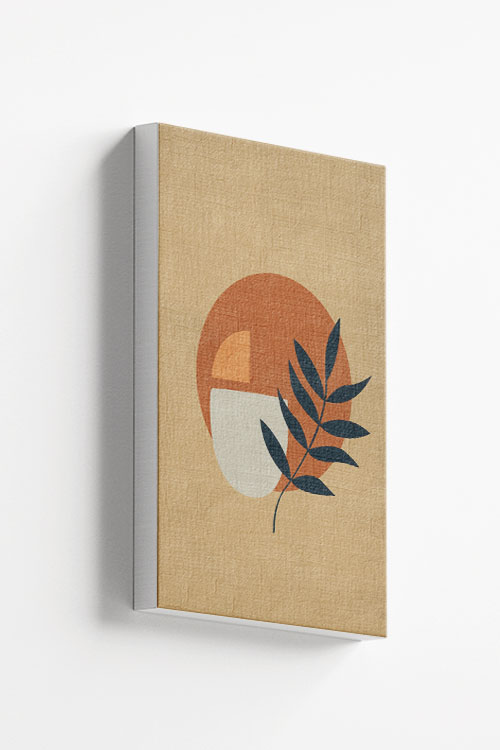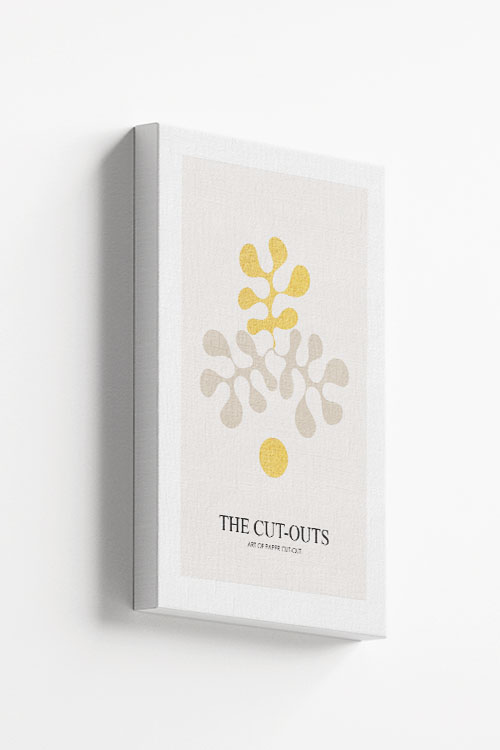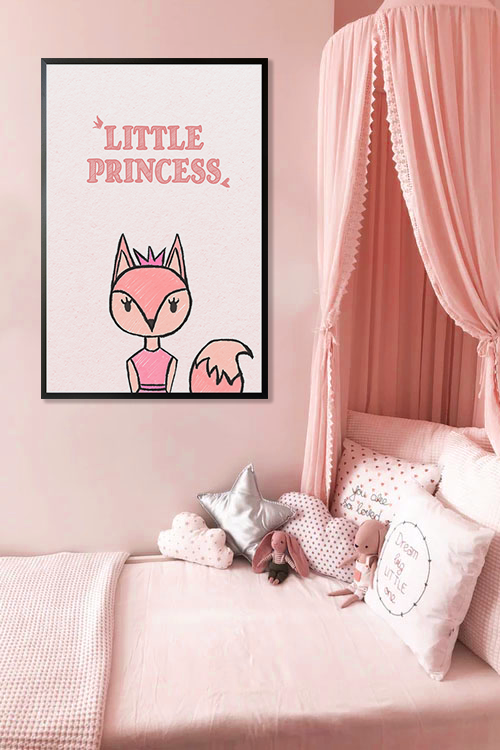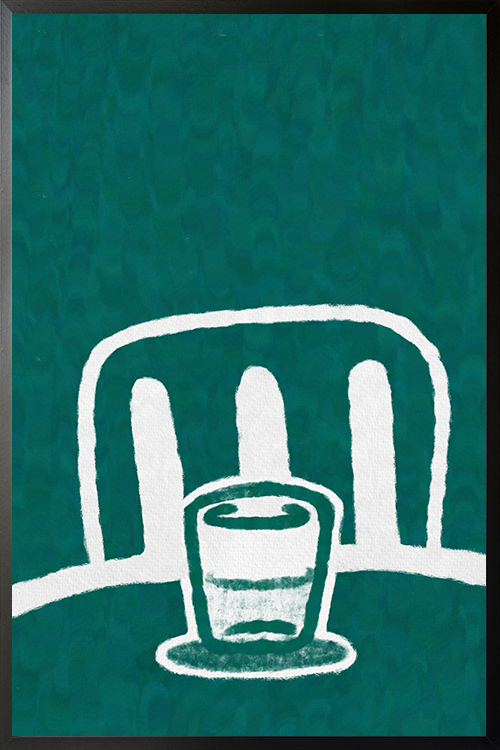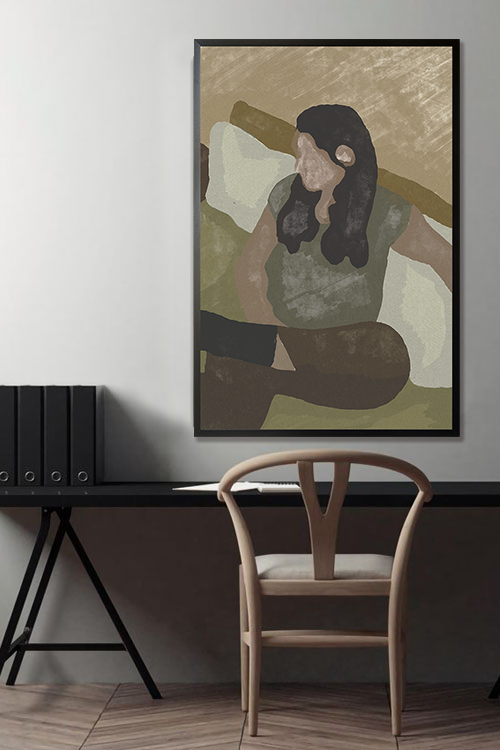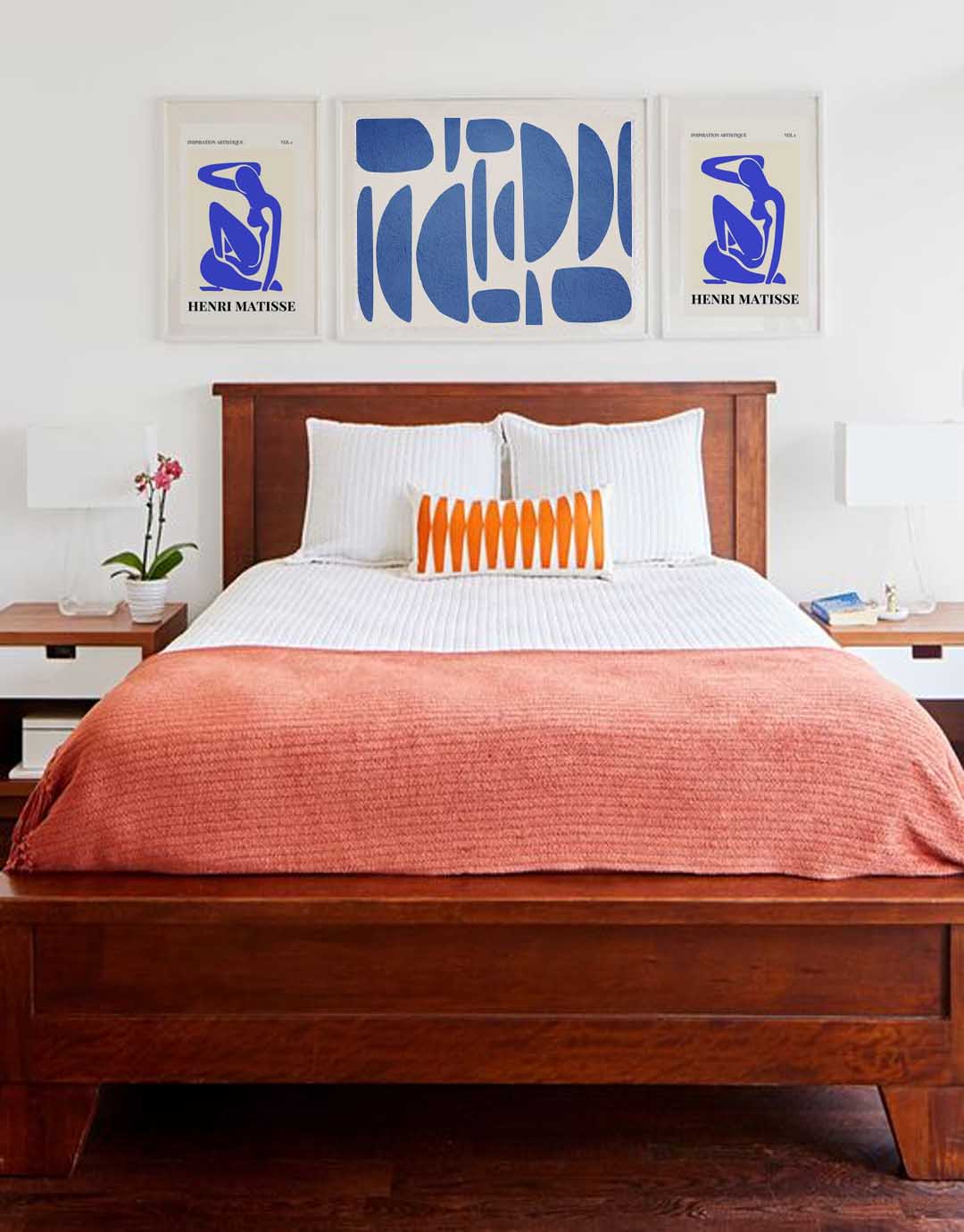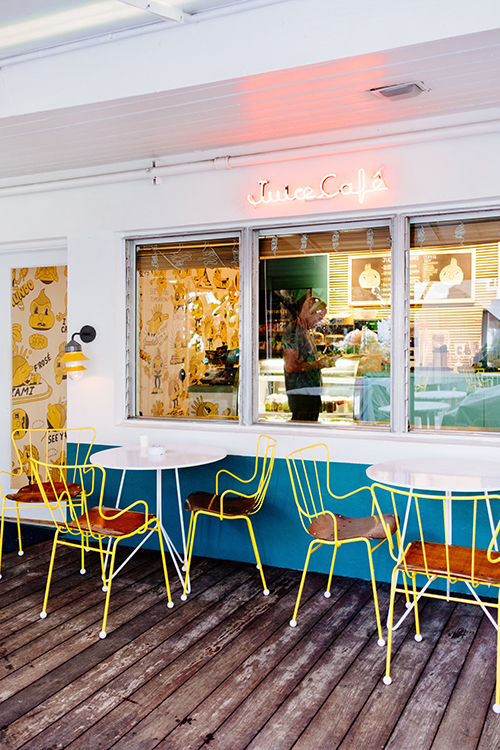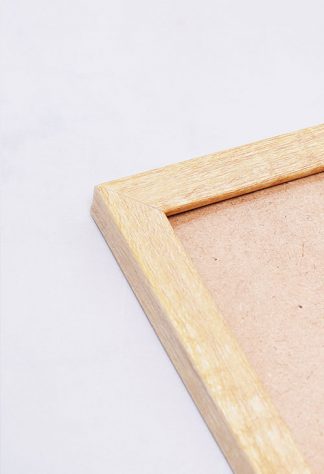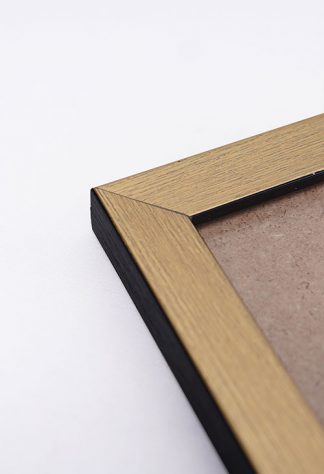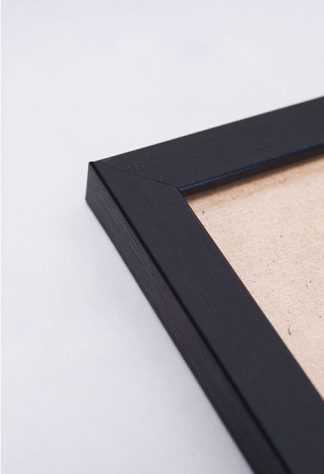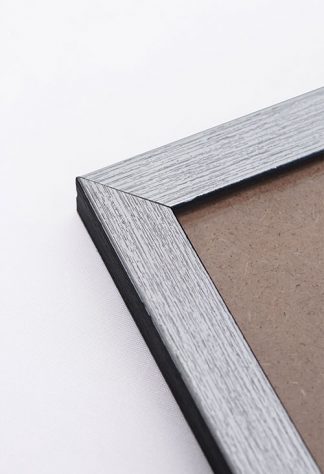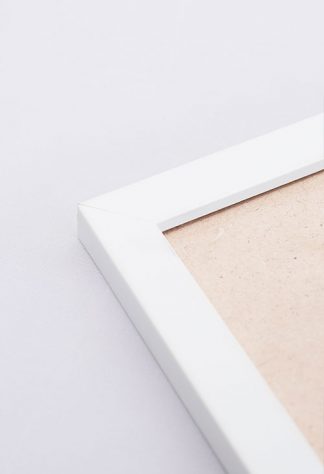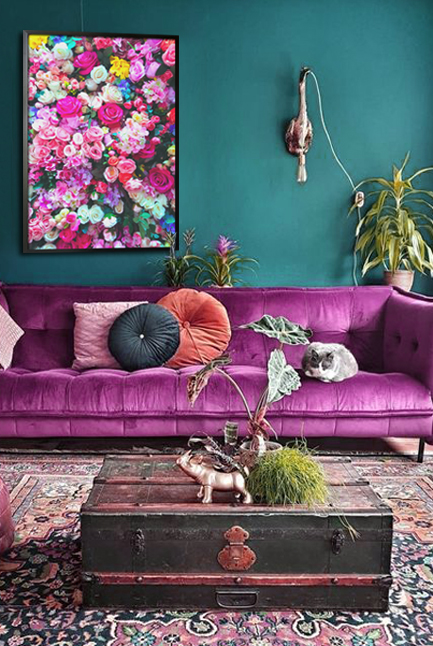
You don’t only see plants and flowers outdoors. Many homeowners and designers have been incorporated them into their homes and other living spaces as they are considered powerful design elements. Read on to learn more about these elements’ beauty and their benefits.
A touch of nature in your home with plants and flowers
Plants and flowers are added to the room’s interior for various reasons. Many studies have shown that these decor elements can benefit psychological and physiological health. In addition, plants and flowers can make any living space look more appealing and evoke a comfortable and relaxing ambiance.
Plants are known for cleaning the air by reducing the carbon dioxide level. They also reduce indoor air pollutants that benefit the health of the occupants of the room by reducing stress. Here are some interesting ideas about why plants and flowers are great indoors:
Clean and green atmosphere
Having indoor plants and flowers gives many benefits, and various studies support these findings. Primarily, plants and flowers improve the total well-being of an individual.
Focal point
Add value to your home by creating a focal point. Plants and flowers can be the highlight of any room. They can capture the attention of your family and guests, especially when arranged and displayed extraordinarily.
Sound muffling
Plants and flowers can reduce sound by absorbing sound at higher frequencies and reflecting and diffracting sound waves.
Visual depth
The presence of plants creates optical depths that can make larger spaces visually smaller. As such, you will not feel too exposed.
Color
Plants and flowers make any room look fun and vibrant. Especially the colors of flowers make any plain-looking interior look more attractive.
Ambiance
In addition to their beauty, plants and flowers can help create an ambiance or mood in any living space. The natural colors, for instance, evoke a relaxing and calming room atmosphere.
Plant and floral posters
Displaying plant and floral prints can help you achieve an interior appearance and ambiance close to or similar to the real deal. The prints can be seen in fabric, wall coverings, posters, and others.
The display of posters is one of the easiest and fastest ways to make any room appealing. In artdesign, we have a wide range of nature-inspired prints that will complete your room. These trendy wall decors are easy to use and can achieve your desired room appearance.
Check out our collection of plants, trees, and floral prints; they can help give your room interior a touch of nature. The colors can instantly set a relaxing ambiance and make it look vibrant and lively.
With the addition of neutral-colored frames, you can easily highlight the poster designs and create an excellent room focal point. In addition, posters can cover any wall imperfections making the room look more compelling.
